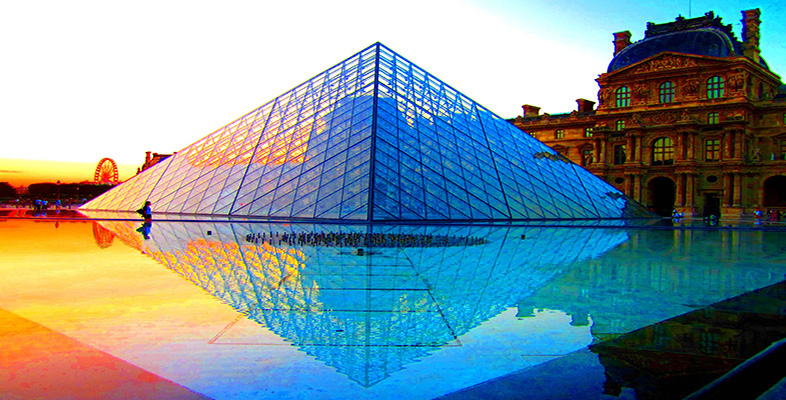2 The Louvre
2.1 Introduction
The original TV programme was divided into an introduction and seven sections, each preceded by a simple question that appears on screen. To help you to explore this material, we have split the programme into eight clips, each associated with an activity. Once you have completed all the activities, you will have viewed the TV programme in its entirety and considered some of the questions explored in the original OU course.
Activity 2 deals with the whole history of the buildings from medieval castle to the ‘pyramid’. Activities 3–5 deal with the ancien régime from the sixteenth century to the French Revolution in 1789, looking at the relationships between the acquisition of works of art, their display and the patronage of contemporary art. Activities 6–8 cover the creation of the Louvre as a museum under Napoleon I and its gradual transformation into the modern Louvre.
A list of the principal artists and works shown on video is given in Section 3.
Activity 2
Watch the first segment of video. This clip has been created from the introduction to the original TV programme, and it asks a number of questions about the experience of visiting the Louvre. As you watch, consider the following questions:
What are these people doing here; what are they looking for? Are they interested in the Venus de Milo as an example of late Hellenistic Greek art, or as an icon of feminine beauty recognisable from twentieth-century popular culture? Are they here just to say they’ve seen the Mona Lisa, or to evaluate it as an example of an early Renaissance portrait?
How does the museum, and the authority behind the museum, guide their quest and manage the cultural exchange? What sort of transaction is being managed here?
Are they in a position to make up their own minds, or are their judgements determined by what the curators are telling them?
Think about these questions and jot down your own views.
Click to view video
